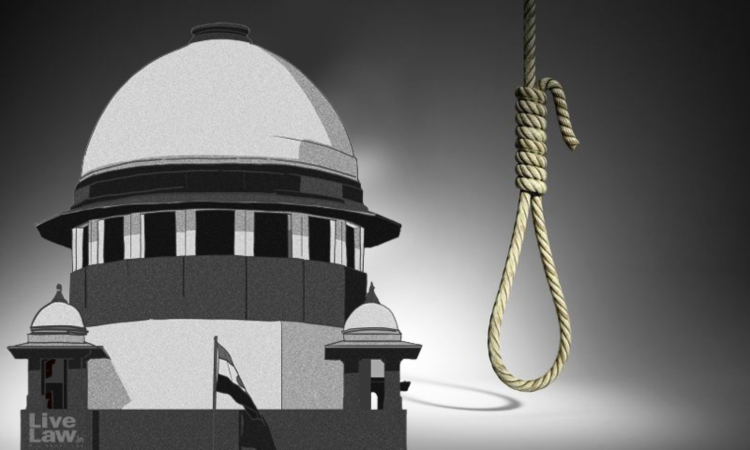Supreme Court Releases Death Row Prisoner After 28 Years On Finding Him To Be A Juvenile At The Time Of Offence
Sohini Chowdhury
28 March 2023 6:52 AM IST

Next Story
28 March 2023 6:52 AM IST
The Supreme Court, on Monday, released a death row convict upon finding that even though he was a juvenile at the time of the commission of the offence he was tried as an adult and was sentenced to death.Noting that under the Juvenile Justice (Care and Protection of Children) Act, 2015 (2015 Act), one cannot be subjected to death penalty and the maximum punishment is three years sentence, a...
